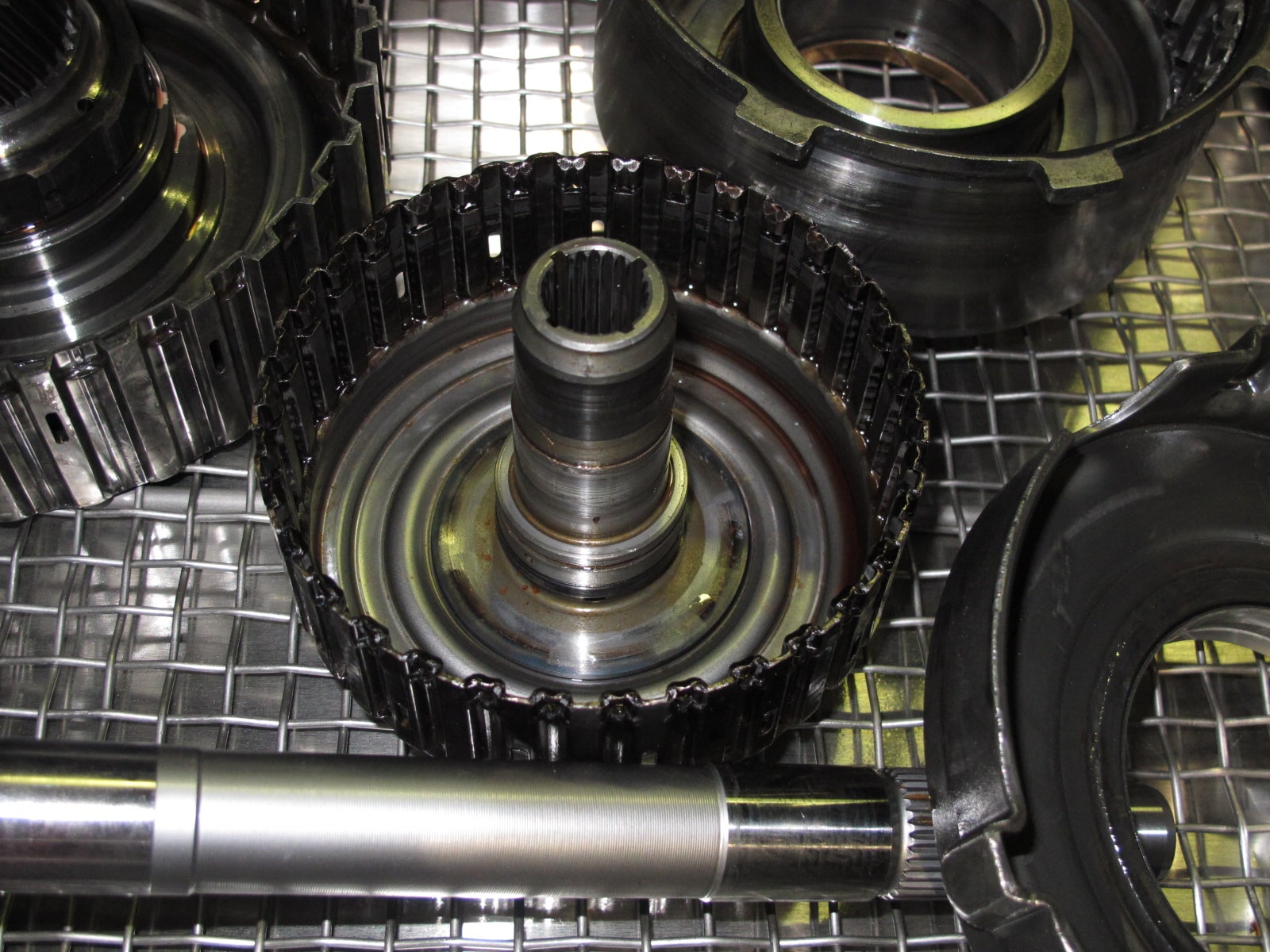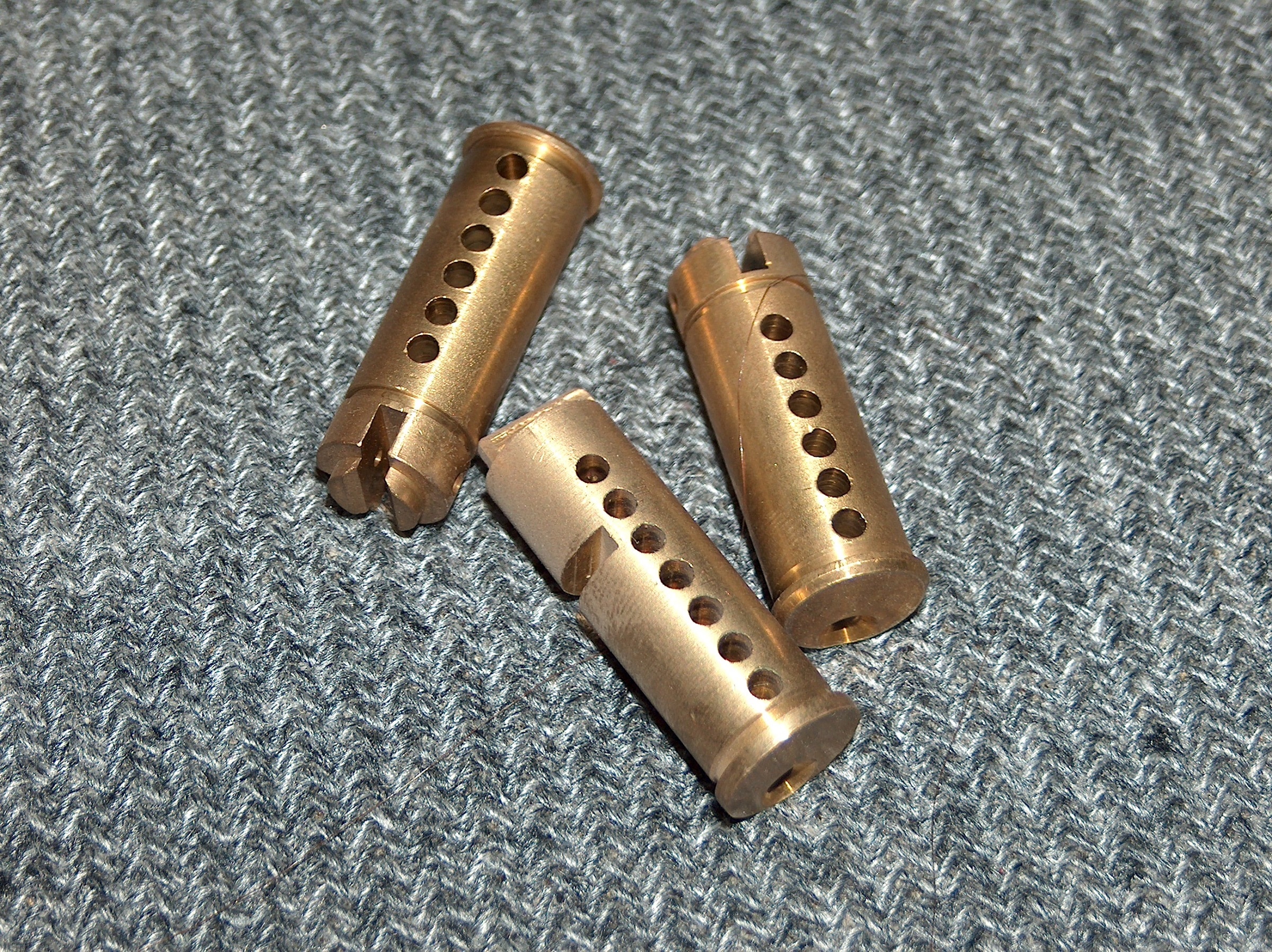Part positioning and orientation can make or break an ultrasonic cleaning operation
While many parts can be cleaned successfully when randomly positioned in the basket, there are those that will require specific part positioning and orientation to be successfully cleaned. These include:
- Parts with blind holes or internal channels/passages
- Parts that are contaminated in specific areas
- Parts which may “nest” in one-another
- Parts are sensitive to damage by contact with other parts or the basket

Part positioning for parts that have blind holes or internal detail
When cleaning parts with blind holes, there are 2 primary objectives:
- Part positioning should be performed to allow the blind holes or cavities to fill when parts are submerged.
- To ensure that these holes drain when they are removed from the tank.
The only areas of a part which will successfully clean are those that are covered in liquid, and this is the reason why blind holes MUST be filled with liquid to be successfully cleaned. However, this liquid should also be drained when the parts are removed from the tank. If it is not drained, it will be transferred into the next processing tank. In the case of rinse tanks, this is not typically a problem. However, we do not want to transfer cleaning fluids into the rinsing tanks. If this occurs, the rinse water will quickly be detergent-laden and will need to be replaced or fresh water added to keep the detergent concentration in check. If the rinse water is purified or deionized water, this becomes even more important.
In some cases, such as when cleaning complex aerospace valves and components, blind holes and internal passages are present in so many orientations that parts must be rotated repeatedly when submerged to ensure that all of this detail is effectively cleaned. Zenith provides many systems that can rotate parts during the ultrasonic cleaning/rinse processes to ensure that all of these areas are satisfactorily cleaned.

How to address parts with contamination on specific areas of your parts
In some cases, the contaminants found on parts are located at a particular location rather than being evenly-distributed. In these cases, part positioning will orient parts so that these areas face the ultrasonic transducers mounted within the tank since the most aggressive scrubbing action will take place in part areas which face the transducers. However, this is not always the case. If the detergent is well-matched to the contaminant in question and can loosen it effectively, then this positioned may not be required since the contaminant can be removed even in low-energy areas of the cleaning tank.
What are “nested” parts, and how do I address them?
Nested parts are those that fit inside of one-another, such as those which are cup-shaped. When parts nest, dirt can get trapped on the inside of the lower-most part and prevent successful ultrasonic cleaning. When cleaning these parts at lower volumes, the should be positioned in a single layer on the bottom of the basket so that nesting is not possible. However, when cleaning large volumes of parts which can potentially nest inside one-another, parts can be tumbled during the cleaning and rinsing cycles. This typically allows nested parts to separate from one-another and be successfully cleaned as long as the parts can withstand the continuous bumping and tumbling action without being damaged.
Part positioning when components are sensitive to damage
Many parts being ultrasonically cleaned are sensitive to contact with neighboring parts, or with the basket itself. When this is the case, parts must be positioned so that they do not come into contact with neighboring parts. This may require that the basket be manufactured with separator walls or ‘eggcrate” designs. In addition, the basket may need to include softened contact points to prevent the parts from coming into contact with the basket and be scratched or damaged. Plastic mesh liners are often used on the bottom of the basket to prevent contact between parts and the bottom of the basket. However, plastic mesh will reduce the amount of ultrasonic power since plastics tend to absorb energy and also reduces reflections of this energy. Test-cleaning of parts is required to ensure that enough power is present to clean parts when baskets have plastic mesh liners.

